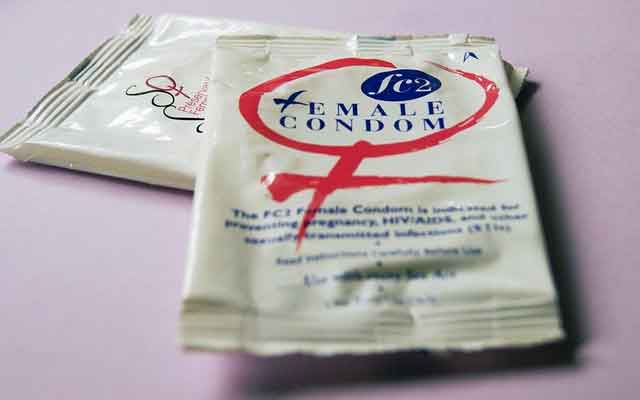What is Canicula (Dog Days)? Understanding the Hottest Days of the Year
The Canicula Period, Dog Days: Decoding the Peak of Summer Heat
Reading time : 1 minute,
Discovery Chepe Id-758-ECO
Published in
06-17-2025

Foto: geralt-9301
Every year, a scorching period of extreme heat returns to several regions around the world, especially in countries like Mexico and those in southern Europe and the southern United States. This period is known as the canícula in Spanish, and in English, it's famously referred to as the -Dog Days- of summer. But what exactly does it mean, when does it occur, and how does it affect our daily lives?
Origin of the Term Dog Days
The name -Dog Days- traces back to ancient Rome. The Romans associated the hottest days of the year with the heliacal rising of Sirius, the so-called Dog Star, in the constellation Canis Major. They believed this star added heat to the sun, triggering extreme temperatures. Today, the name survives not because of the star's influence, but because of the period's oppressive heat.

Dog Days Explained: When Are the Hottest Days of Summer?
When Do the Dog Days Occur?
While the exact dates can vary slightly depending on the region, the -Dog Days- generally take place between early July and mid-August. In Mexico, for example, this heatwave often begins around July 12 and can last for 40 consecutive days, a period that matches the traditional definition of the canícula.
Characteristics of the Canícula Period
1- High Temperatures: This is the hottest stretch of the year, with temperatures frequently surpassing 40°C (104°F) in certain regions.
2- Decreased Rainfall: Despite occurring during the rainy season, the canícula is marked by a sudden reduction in rainfall.
3- Health and Environmental Impact: Heat strokes, dehydration, and crop stress are common consequences.
Why Are These the Hottest Days?
The combination of clear skies, longer daylight hours, and reduced rain creates a perfect scenario for heat accumulation. The sun's rays hit more directly, especially in tropical zones. Even areas that are typically temperate may feel the burn of this phenomenon.
How to Stay Safe During the Dog Days
a) Hydration is key: Always carry water with you and avoid drinks with high sugar or caffeine.
b) Avoid the midday sun: Stay indoors between 12 p.m. and 4 p.m. if possible.
c) Protect vulnerable groups: Infants, the elderly, and pets are especially at risk.
The Dog Days and Climate Change
Recent years have seen record-breaking heatwaves, and the Dog Days are lasting longer and arriving earlier in some regions. Climate experts point to global warming as a key factor. According to the World Meteorological Organization, heatwaves are becoming more frequent and intense.
Are the Dog Days the Same Everywhere?
No. While many countries experience a similar hot period, the intensity and duration differ. For example, in southern Spain or northern Mexico, the effects can be much more severe than in coastal or mountainous regions. However, the common denominator remains: this is a time to take extra care.
The Dog Days, or canícula, are more than just hot weather. They are a predictable yet increasingly intense phase of the year that calls for precaution, especially in the face of climate shifts. As the planet warms, understanding and preparing for this period is not only useful it's essential.
For more information and daily weather updates, visit the official site of The National Weather Service or your country's meteorological agency.
Stay cool, stay informed, and respect the sun during the Dog Days.
See Also
Discovery Chepe
Most read...















